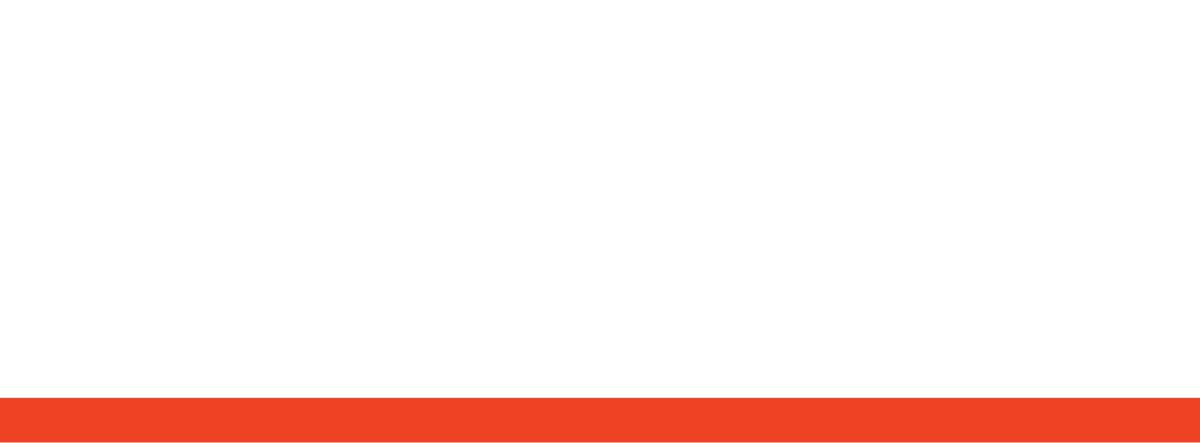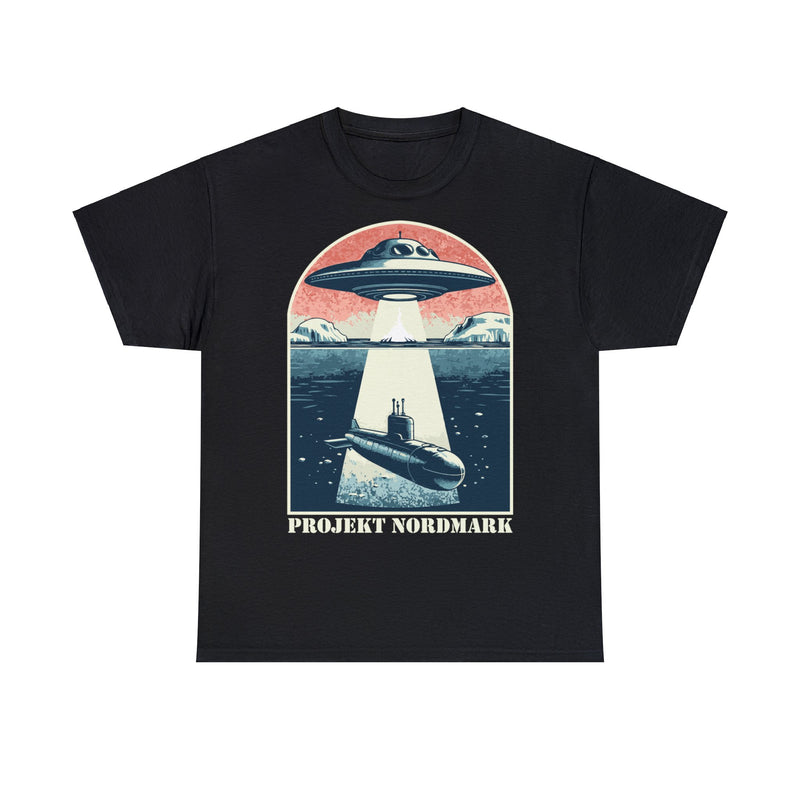Woven patches and printed patches are popular ways to personalize and embellish clothing and accessories. Both types of patches have their own advantages, but in many cases, woven patches prove to be the better choice. In this article, we will explain in detail the advantages of woven patches compared to printed patches.
longevity and durability
Woven patches
Woven patches are known for their longevity and durability . Since they are made of interwoven threads, they are more resistant to wear and tear and the effects of weather. The threads are firmly bonded together, which means that the colors and patterns remain intact even after many washes and long use.
Printed patches
Printed patches, on the other hand, use inks or dyes that are applied to the material. Although modern printing techniques have advanced, printed patches still tend to fade or tear over time, especially if they are washed frequently or subjected to intensive use. This significantly reduces their lifespan compared to woven patches.
attention to detail and design variety
Woven patches
Another advantage of woven patches is the high level of detail they offer. The use of fine threads allows even intricate designs and small details to be rendered precisely. This is especially important for company logos, badges or designs that contain a lot of text or complex graphics.
Printed patches
While printed patches can also display detailed designs, they are often limited by the resolution of the printing technology. Finer details can appear blurred or less clear, especially on smaller patches. Additionally, color gradients and shading can be displayed better and more naturally on woven patches.
haptics and aesthetics
Woven patches
Woven patches offer a smooth and high-quality feel that is often perceived as more pleasant than that of printed patches. They have a professional look that makes them ideal for uniforms, corporate clothing and high-end fashion items. The fabric feels soft to the touch and has no annoying edges or bumps.
Printed patches
Printed patches can sometimes appear stiff and inflexible, especially if a thick layer of ink or paint has been used. They often have a smoother surface that feels less textile-like, which can be a disadvantage in some applications.
versatility and areas of application
Woven patches
The versatility of woven patches is remarkable. They are suitable for a wide range of applications, from corporate logos to school badges to fashion accessories . Their durability and aesthetic appeal make them ideal for permanent applications.
Printed patches
Printed patches are often found in temporary or less demanding applications, such as promotional items or event merchandising . Although they can be produced quickly and inexpensively, they often lack the durability and high-quality appearance of woven patches.
costs and production time
Woven patches
The production cost of woven patches can be higher than printed patches, especially for smaller runs. The production time is also a bit longer, as the production and weaving of the threads requires careful handwork or specialized machinery. Nevertheless, the higher quality and durability often justifies the extra cost.
Printed patches
Printed patches are generally less expensive and quicker to produce, making them an attractive option for short-term projects or large quantities. However, one should consider the shorter lifespan and potentially lower quality appearance.
environmental friendliness
Woven patches
When it comes to environmental friendliness, woven patches often come out on top. They are usually made from natural materials such as cotton or wool and do not require chemical printing processes that could be harmful to the environment.
Printed patches
Printed patches can be less environmentally friendly, especially when chemical inks and synthetic materials are used. Additionally, the printing processes used can generate harmful emissions and waste.
Project Nordmark - High-quality patches
Competitors often offer printed patches at significantly higher prices than the woven patches available in the Project Nordmark webshop . In contrast, Project Nordmark offers high-quality woven patches at fair prices, with no hidden costs. This makes them not only more economically attractive, but also a far more durable and aesthetically pleasing choice.
Advantages and disadvantages of both variants
Both from a production perspective, but also from the perspective of you, the customer.
| aspect | Woven Patches (Pro) | Woven Patches (Contra) | Printed Patches (Pro) | Printed patches (contra) |
|---|---|---|---|---|
| longevity | Very durable and resistant | Higher production costs | Cheaper to produce | Fades and tears faster |
| attention to detail | High level of detail possible | Complex designs require careful work | Quick and easy creation of designs | Limited resolution and blurry details |
| haptics and aesthetics | Smooth, high-quality feel | No | Stiff and inflexible texture | Lower aesthetic quality |
| versatility | Suitable for various applications | No | Fast and cost-effective for temporary applications | Less suitable for permanent applications |
| Cost | Long-term cost-effectiveness through durability | Higher initial costs | Cheaper for large quantities and short-term projects | Higher costs due to additional fees |
| environmental friendliness | Often made from natural materials | No | Faster and easier production | Environmental impact of chemical inks and processes |
| production time | High quality but longer production time | Longer waiting time during production | Fast production time | No |
Conclusion
In summary, woven patches are superior in many ways. Their durability, attention to detail, high-quality feel and versatility make them the ideal choice for numerous applications. Printed patches have their advantages in cost and production time, but cannot compete with woven patches in terms of quality and durability.
For companies, schools, clubs and designers looking for a durable and aesthetically pleasing solution, woven patches are the clear choice.





